“Morris has told this tale a thousand times before. Many of his Capa stories have acquired the polish and rhythm of ritual incantations.” — Simon Kuper, Financial Times, May 31, 2013
John Morris turns 100 today, December 7, 2016, and the predictable deluge of encomia has begun — most of them, predictably, formulaic. For example, getting off to an early start on November 22, Laura Havlin, Senior Digital Editor at Magnum Photos, simply parroted the received or “classic” version of Morris’s Capa D-Day story in “Professional Practice: John Morris on Photo Editing” at the redesigned Magnum website:
Morris is responsible for the proliferation of some of the most iconic photos in the history of photojournalism. The American-born photo editor was who Robert Capa sent his rolls from the D-Day landings to. He oversaw the production of the 11 images that survived a lab assistant’s processing incident in which most of the rolls were destroyed. …
Simon Kuper in “Truman to Drumpf: a centenarian’s tale” at the Financial Times, published on December 1, did not show much more caution, mostly reprising his 2013 laudatio:
Morris [is] possibly the photo-editor who did most to depict the 20th century … [He] published his friend Robert Capa’s 11 D-Day pictures in Life magazine …”
Morris, a mere sub-editor, published nothing by anyone, of course, during his London years. As an assistant picture editor, he simply passed along his preliminary edits of what the photographers turned in on assignments approved by his superiors. Final editorial decisions on stories, and final choices of the images, got made by Wilson Hicks in the New York office. And LIFE published only five of Capa’s ten (not 11) Easy Red images. (Beyond me how Kuper convinced himself that Morris qualifies as “the photo-editor who did most to depict the 20th century.”)
Earlier this morning, Liz Ronk and Olivier Laurent at Time prefaced a cluster of solicited plaudits for Morris with this assertion:
Robert Capa’s iconic 1944 shot of a soldier in the surf at Normandy would become one of the most celebrated pictures of the Second World War — but Capa did not act alone. John G. Morris, a picture editor at LIFE magazine, had assigned the war photographer to cover D-Day.
Except for the fact that Morris did not have the authority to make said assignment, which came from Wilson Hicks.
Also this morning, at the website of the French photo magazine Polka, in “Le livre impossible d’une vie,” Dimitri Beck not only promotes Morris to chief of the London bureau of LIFE but repeats the Capa D-Day fable verbatim. He does so while indicating that, at least in its current state of development, Morris’s work-in-progress, the massive autobiographical tome modestly titled “My Century,” includes the same story in the same form.
•
 The one exception so far to the common practice of uncritical repetition of Morris’s original fiction: James Estrin’s December 6 Lensblog post at the New York Times, “As He Turns 100, John Morris Recalls a Century in Photojournalism,” which includes this passage:
The one exception so far to the common practice of uncritical repetition of Morris’s original fiction: James Estrin’s December 6 Lensblog post at the New York Times, “As He Turns 100, John Morris Recalls a Century in Photojournalism,” which includes this passage:
[In 1943 Morris] became the London picture editor in charge of Life’s photographic coverage of the war in Europe. While there, he edited Robert Capa’s historic photos of the D-Day landing at Normandy’s Omaha Beach in 1944. …
In 1944, when he first looked at the film that Mr. Capa shipped from Omaha Beach, there were only 11 frames that had images. The rest of the 35mm rolls had no images despite a note from Mr. Capa indicating that the best photos were on those four rolls — not on the medium-format film that had images taken before the landing.
For 70 years, Mr. Morris has said a lab technician had told him that the four rolls accidentally melted in the drying process and only part of one roll survived. The story that some of the most important photos in history were destroyed became part of photojournalism lore.
 But questions about that story have been raised in the last year amid claims that it was unlikely the negatives melted and that the surviving film’s appearance did not seem to conform to the account of enduring unusual heat.
But questions about that story have been raised in the last year amid claims that it was unlikely the negatives melted and that the surviving film’s appearance did not seem to conform to the account of enduring unusual heat.
After studying new theories of what happened, Mr. Morris now thinks that the negatives were not melted, and that Mr. Capa only exposed 11 frames on one of the four rolls that were shipped. Mr. Capa probably was rattled, Mr. Morris said, during the withering fire he withstood at Omaha beach [sic].
“I don’t think he himself knew how many pictures he had shot,” Mr. Morris said. “I think there were three rolls that had nothing.”
“Thank God we had one roll that had something,” he added.
We would have appreciated a mention of the source of the questions and claims that forced these revisions — the investigation conducted by J. Ross Baughman, Rob McElroy, Charles Herrick, and myself since June 2014, published at this blog. But around these parts we take what we can get, so we hope you’ll forgive me if, on behalf of our team, I take a victory lap to celebrate this momentous occasion.
•
And so we end up back where we started out — but with a considerable twist: a major newspaper putting its imprimatur on our revisionist version of the Capa D-Day story, and the originator and most dedicated teller of that now-tattered tale, John G. Morris, at long last ceasing and desisting from revisiting yet again his discredited version with its mythical darkroom disaster destroying most of Capa’s Omaha Beach images.
Shortly after this investigation got underway, when it had begun to force him to revise his standard story, in the summer of 2014, John Morris told interviewer Mark Edward Harris,
“I felt guilty because I was in charge of the whole operation, so to speak. I used to take the blame for the loss of Capa’s D-Day film. In recent years I’ve learned to say that I’m the one who saved the 11 frames.”
In fact, Morris has never taken the blame; he’s always fingered the “darkroom lad,” whom he left unnamed until rumor became so persistent that it was Larry Burrows (present that night, but not working in the lab) as to require dispelling. This Morris achieved by naming the “lad” to Capa biographer Richard Whelan — but misidentifying him as Dennis Sanders, which is how he appears in Whelan’s 1985 book. Not until publication of his own 1998 memoir, Get the Picture, did Morris name him as Dennis Banks (misspelling his first name, Denis).
Yet if, as Morris now concedes, Robert Capa sent back only the ten 35mm exposures he’d made on Omaha Beach, and Morris never saw any processed films with hopelessly damaged emulsions, then none of Capa’s D-Day film got “ruined.” In which case Morris neither “saved” nor “salvaged” any of Capa’s D-Day images, as he claimed for decades before this investigation rudely interrupted that trope. He merely fulfilled his assigned chores as a lower-echelon LIFE functionary:
- selecting the best of the images that came in (a rough cut that Wilson Hicks in the New York office would refine with Thompson);
- captioning them (based on the photographers’ notes);
- ordering four sets of prints of that edit from the darkroom downstairs in LIFE‘s London office;
- taking those packets to the censors’ office for approval;
- and then getting them to the courier for New York and the press pool headquarters, elsewhere in London.
This means that Capa’s entire invasion coverage — including what we know were five or six rolls of 35mm b&w film, all but one of them made before D-Day and accompanied by handwritten caption sheets — got processed and printed successfully and without incident. (That makes Denis Banks innocent, I should point out; I’m pleased to have cleared his name.) Morris then delivered those materials to their appropriate destinations. Therefore, aside from the understandable sense of urgency resulting from Capa’s decision not to deliver his films expeditiously and in person (which put Morris up against an absolute deadline of 9 a.m. on June 8 for meeting the courier), everything proceeded according to standard practices in the London darkroom and Morris’s own office on the night of June 7 and the early hours of June 8.
The only extraordinary aspect of Morris’s participation in this situation, it would seem, came in the form of an explanatory cover letter from him to Wilson Hicks in New York, excusing Capa’s meager D-Day take as a result of the fictional darkroom accident — the only possible source of the emulsion-melt confabulation.
•
The legend of Robert Capa’s D-Day looms very large in the legend of John Morris. Indeed, the legend of John Morris starts with the fictional crisis concerning Capa’s D-Day negatives. I don’t say that to suggest that Morris concocted the “melted emulsion” story to promote himself — far from it. But it certainly has had that effect. Morris didn’t save Capa’s negatives. With that story, however, he saved Capa’s reputation — and, by fortuitous coincidence, initiated his own.
Morris’s last notable contribution to his field as a picture editor came in 1972, when he got Nick Ut’s Vietnamese “Napalm Girl” published on the front page of the New York Times. That happened 44 years ago. I consider it safe to say that were it not for the fact that every five years brings another D-Day celebration, with Capa’s photographs thereof republished and Morris trotted out to repeat his fable thereof, no one would pay him much attention today. He’d have receded long since into a footnote in the annals of photojournalism, a figure even more remote and Jurassic than his boss Hicks,
Unlike the editors who defined the form that became known as the “picture press” — Stefan Lorant, Tom Hopkinson, Wilson Hicks — and later ones like Alexei Brodovich who rethought the ways in which pictures appeared on the pages of periodicals, Morris left no mark on his field in terms of either editing strategies or layout concepts. The “wistful optimism” that he describes as the hallmark of his “People Are People” series for the Ladies Home Journal in the early 1950s hardly qualifies as a signature style. He leaves no innovative editorial legacy on which anyone might build.
Remove the D-Day story from his repertoire, then, and Morris’s professional life loses any claim it may have to the adjective “legendary.” Thus, though he certainly didn’t intend that consequence when he originated it, that D-Day story has been very, very good to John Morris.
•
Though it doesn’t excuse the deception, I can understand how someone totally ignorant of standard darkroom practice, like John Morris, could — in a desperate moment, in the midst of a crisis — concoct a cover story involving film emulsion melting in a film-drying cabinet. I can understand how an habitual self-promoter with scant regard for the facts, like Robert Capa, could see the cinematic power of that image and adopt it for the screen treatment (disguised as a memoir) that he constructed for sale to Hollywood. I can understand Morris then getting stuck with it as it took on a life of its own, beyond his control.
I can understand how a writer equally clueless about photographic procedures, authorized Capa biographer Richard Whelan, could swallow this fish story whole and promulgate it for three decades in articles, books, exhibitions, lectures, films, and videos, binding it ever more firmly to Capa and to Morris. I can even understand Morris feeling pissed off because, at the age of 97, when he had expected to take that secret to the grave, he got found out and someone called him publicly on this 70-year lie.
But I can’t understand or rationalize acknowledging the initial falsehood and then proferring a ridiculous, patently implausible substitute instead of coming clean. I consider that simply inexcusable and unconscionable — indeed, intellectually and morally corrupt. It has saddened me to see Christiane Amanpour, Yasmin Youssi, and others (including Donald Winslow at the National Press Photographers Association) seduced into providing their platforms to Morris for this purpose.
John Morris, who considered Capa his “adopted Hungarian brother,” may have sworn a blood oath — to Robert Capa, to Robert’s younger brother Cornell, to himself — pledging to keep the faith by sticking to his story come what may, even as it began to collapse. While, on one level, I have to admire that commitment, I cannot help but note its self-serving aspect in recent years, when all the principals in this drama save Morris have died, with their reputations secure enough (excepting Whelan’s) that our investigation would leave only a minor blot on their escutcheons, and on his.
Regardless of that, as I wrote to Morris in a November 1, 2014 email, “In the end, I believe, our loyalty has to be to the truth, let the chips fall where they may.” Whatever combination of factors brought Morris to this moment, I’m pleased that it has arrived at last. But this atones only in part for his sins of omission and commission. In my next post I’ll examine Morris’s supportive role in promulgating an earlier chapter of the Capa legend — his iconic “Falling Soldier” image from the Spanish Civil War.
(Part 1 I 2 I 3)
•
(For an index of links to all posts in this series, click here.)
•
 Special offer: If you want me to either continue pursuing a particular subject or give you a break and (for one post) write on a topic — my choice — other than the current main story, make a donation of $50 via the PayPal widget below, indicating your preference in a note accompanying your donation. I’ll credit you as that new post’s sponsor, and link to a website of your choosing. Include a note with your snail-mail address (or email it to me separately) for a free signed copy of my 1995 book Critical Focus!
Special offer: If you want me to either continue pursuing a particular subject or give you a break and (for one post) write on a topic — my choice — other than the current main story, make a donation of $50 via the PayPal widget below, indicating your preference in a note accompanying your donation. I’ll credit you as that new post’s sponsor, and link to a website of your choosing. Include a note with your snail-mail address (or email it to me separately) for a free signed copy of my 1995 book Critical Focus!



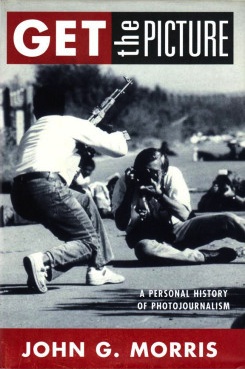
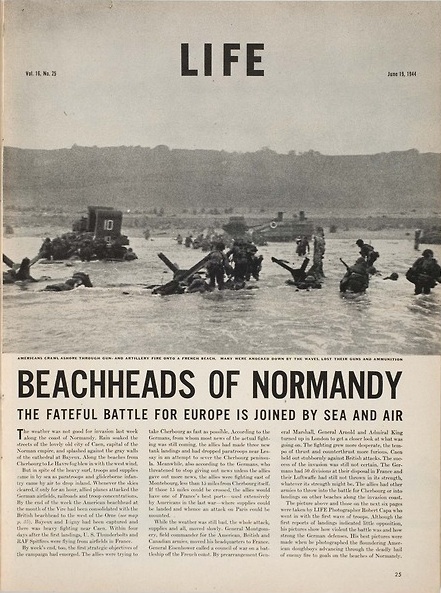
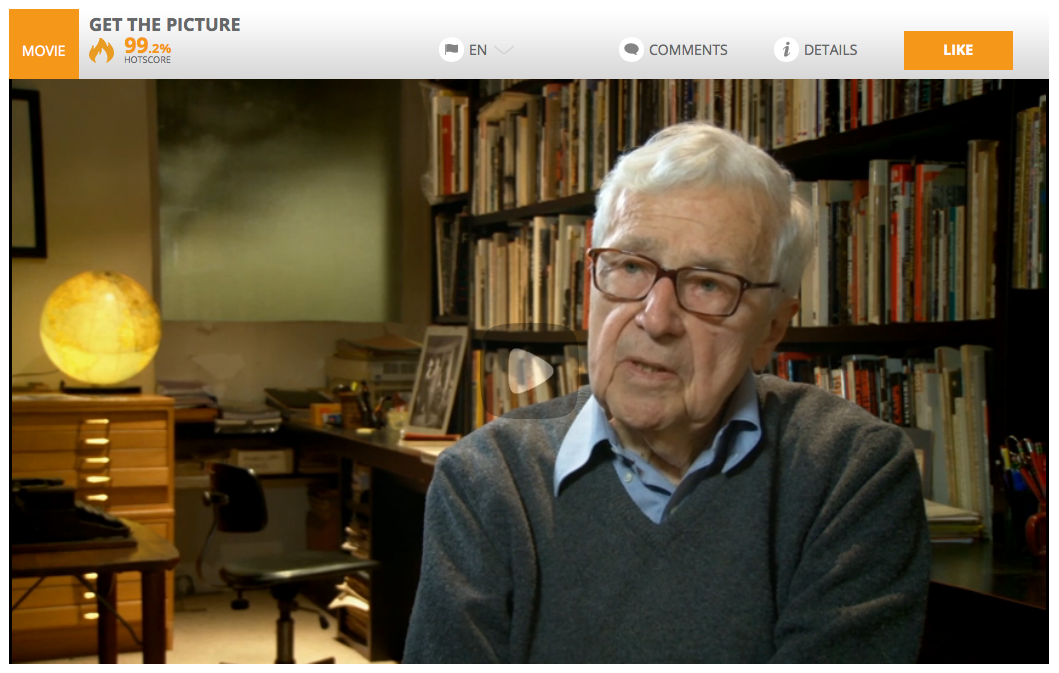
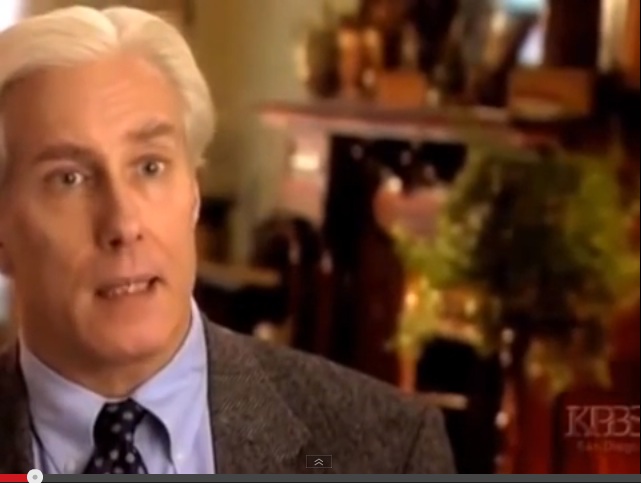
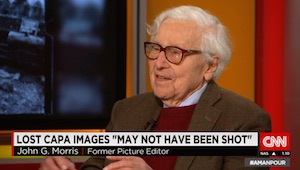



Allan,
Congratulations on the NYTimes story and on finally getting John Morris on the record so publicly with the truth of the Robert Capa story. Victory lap indeed. It’s been a pleasure to watch this saga unfold via your blog.
Wishing you well through the holidays and into the new American era.
David
bravo!
allan
guess as the man approached a full century your holding his old feet to the coals had it’s effect
well done (no pun intended)
abe
Dear Allan,
Bravissimo! You nailed it. I am proud to know you.
Bob